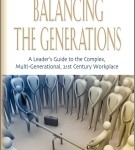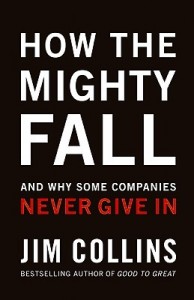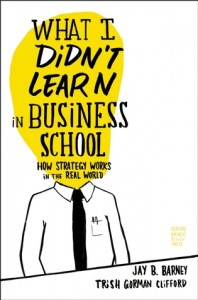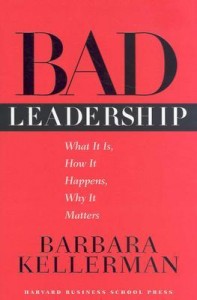 Send to Kindle
Send to KindleLast week I posted some comments on a leader’s responsibility to shield workers from bad leadership from above them in the organization. To follow up a little more, I suggest reading Will Your Bad Boss Make You a Bad Boss, Too? by Jack Zenger and Joseph Folkman.
Zenger and Folkman have done some interesting research into the effect bad bosses have on levels below them in the organizational hierarchy. They were able to show empirically how a bad leader affects the rest of the organization.
The data clearly shows the negative influence bad leaders have on the effectiveness of their subordinate leaders. I guess that isn’t really a news flash. But, it also shows that the position of leader as a buffer, as I have previously suggested, is very difficult for the mid-level leaders.
But that doesn’t mean it’s impossible. The key for those leaders caught in these situations, is to remember why you’re there and do everything you can to make your people more successful.
I once worked for a leader who was a dismal failure. I felt like I was in a constant battle to keep him from destroying what my organization had accomplished and I found myself in this buffer position that Zenger and Folkman talk about. What made it all bearable were the people for whom I was responsible. They kept the organization running and made it more effective than it had ever been. Visiting the various shops and offices was an instant morale boost for me.
Being a buffer isn’t easy, and it certainly isn’t the desirable position to be in, but sometimes it’s necessary and your people are relying on you.














